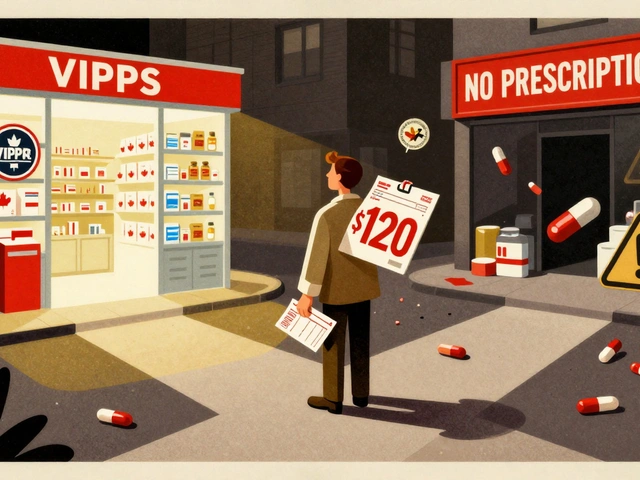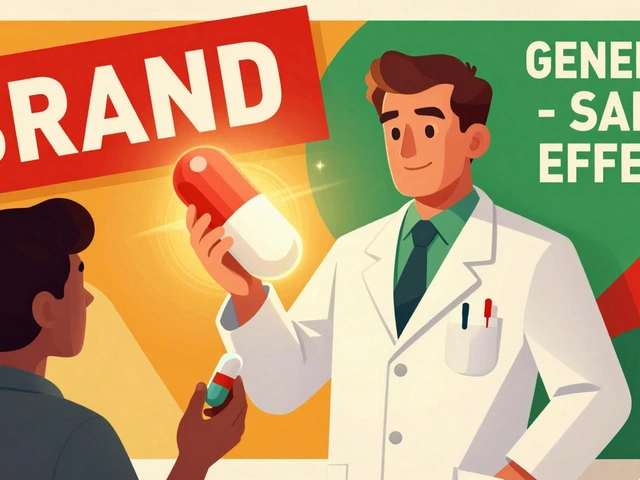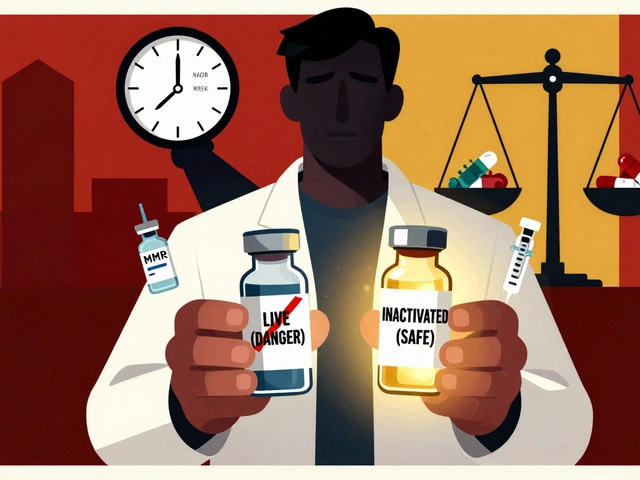Sun Exposure: Benefits, Risks & How to Stay Safe
We all love a sunny day – it lifts our mood, makes us want to be outside, and even helps our bodies make vitamin D. But the same rays that feel great can also damage skin if we’re not careful. This guide gives you straight‑forward advice on getting the good stuff from sunlight while keeping the bad stuff at bay.
Why Sunlight Matters
The biggest perk of sun exposure is vitamin D production. When UVB rays hit your skin, a chemical reaction starts that ends up as vitamin D, which supports bone health, immune function, and mood regulation. A short walk in the midday sun can give most people enough vitamin D for the day without needing supplements.
Sunlight also influences serotonin levels, the brain chemical linked to happiness. That’s why a quick break outside on a cloudy afternoon can still boost your energy. It isn’t just about skin – it’s about feeling better overall.
Protecting Your Skin While Enjoying the Sun
The flip side is UV damage, which leads to premature aging and increases skin‑cancer risk. The key is timing and protection. Aim for sun exposure before 10 am or after 4 pm when UV intensity drops. If you must be out during peak hours, apply a broad‑spectrum sunscreen with at least SPF 30 every two hours.
Don’t forget the easy wins: wear a wide‑brim hat, sunglasses that block UVA/UVB, and tightly woven clothing. These items block up to 90% of UV rays without feeling bulky. Reapply sunscreen after swimming or sweating – it’s not a “set and forget” product.
For people with fair skin, freckles, or a history of sunburn, extra caution is smart. Start with shorter outdoor sessions (10‑15 minutes) and gradually lengthen them as your skin adapts. Keep an eye on the UV index in your area – most weather apps show it, and a reading above 5 signals you should be more protective.
If you’re out for sport or work, consider using sunscreen sticks or sprays that are easy to reach while moving. These formats spread quickly and reduce missed spots. Also, moisturizers with built‑in SPF give daily protection without adding an extra step.
Remember that not all UV is equal. UVA penetrates deeper into skin and contributes to aging, while UVB drives sunburn and vitamin D synthesis. A broad‑spectrum product shields against both, so choose one labeled as such.
Finally, keep your skin checked regularly. Look for new moles or changes in existing ones and see a dermatologist if anything looks odd. Early detection makes treatment easier and improves outcomes.
Balancing sun exposure is simple: get enough light for vitamin D, protect yourself when UV peaks, and stay aware of your skin’s signals. Follow these habits, and you’ll enjoy the outdoors without compromising health.





